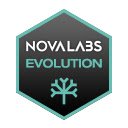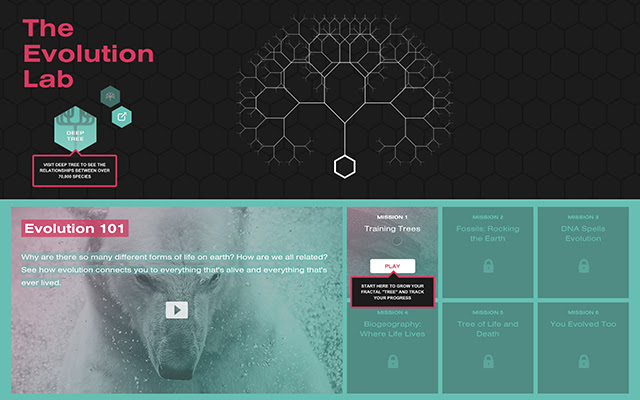NOVA Evolution Lab in Chrome with OffiDocs
Ad
DESCRIPTION
What could you possibly have in common with a mushroom, or a dinosaur, or even a bacterium? More than you might think.
In NOVA's Evolution Lab, you’ll explore the evolutionary relationships that link together a spectacular array of species.
Using phylogenetics—the study of evolutionary relationships between species—you'll examine the similarities in traits and DNA of species and conduct your own investigations in a virtual tree of life.
For Educators: In NOVA’s Evolution Lab, students will explore the evidence of evolution through the lens of phylogeny.
The Evolution Lab contains two main parts: Build A Tree and Deep Tree.
In Build A Tree, students build phylogenetic trees themed around the evidence of evolution, including fossils, biogeography, and similarities in DNA.
Students use both morphology and analysis of DNA sequences to identify relationships between species and to organize species and traits into phylogenetic trees.
In Deep Tree, students explore an interactive tree of life and trace the shared ancestry of numerous species.
Deep Tree helps students understand the scope of deep time and the points at which speciation occurred throughout evolutionary history on Earth.
Below are NGSS standards that align to the content and skills in the Evolution Lab: Middle School: —MS-LS4-1. Analyze and interpret data for patterns in the fossil record that document the existence, diversity, extinction, and change of life forms throughout the history of life on Earth under the assumption that natural laws operate today as in the past.
—MS-LS4-2. Apply scientific ideas to construct an explanation for the anatomical similarities and differences among modern organisms and between modern and fossil organisms to infer evolutionary relationships.
—MS-LS4-4. Construct an explanation based on evidence that describes how genetic variations of traits in a population increase some individuals’ probability of surviving and reproducing in a specific environment.
High School: —HS-LS4-1. Communicate scientific information that common ancestry and biological evolution are supported by multiple lines of empirical evidence.
—HS-LS4-2. Construct an explanation based on evidence that the process of evolution primarily results from four factors: (1) the potential for a species to increase in number, (2) the heritable genetic variation of individuals in a species due to mutation and sexual reproduction, (3) competition for limited resources, and (4) the proliferation of those organisms that are better able to survive and reproduce in the environment.
—HS-LS4-4. Construct an explanation based on evidence for how natural selection leads to adaptation of populations.
—HS-LS4-5. Evaluate the evidence supporting claims that changes in environmental conditions may result in: (1) increases in the number of individuals of some species, (2) the emergence of new species over time, and (3) the extinction of other species.
Additional Information:
- Offered by www.pbs.org/wgbh/nova/labs
- Average rating : 4.47 stars (liked it)
NOVA Evolution Lab web extension integrated with the OffiDocs Chromium online
















